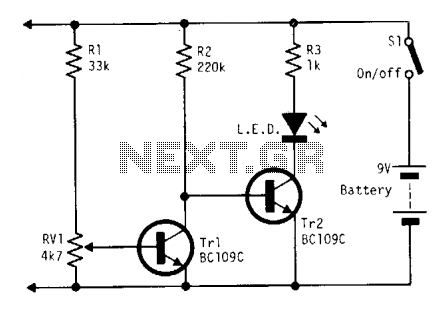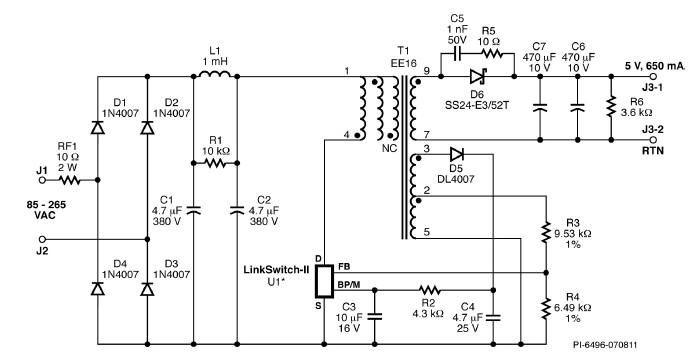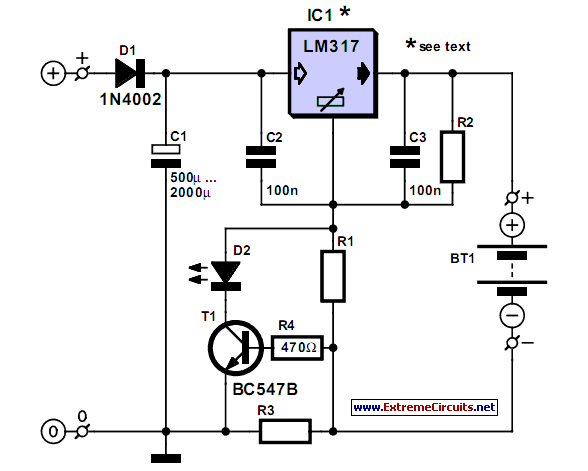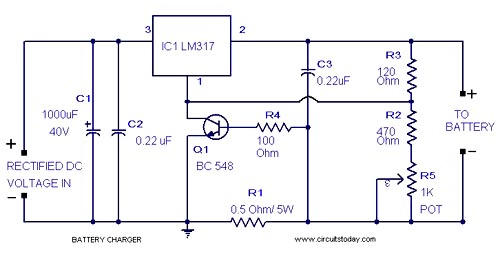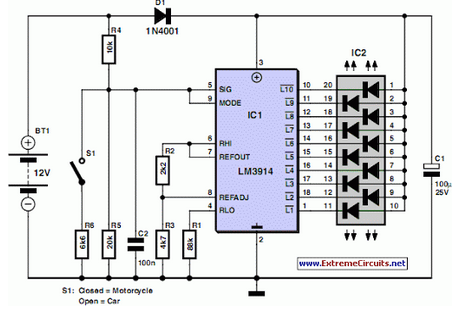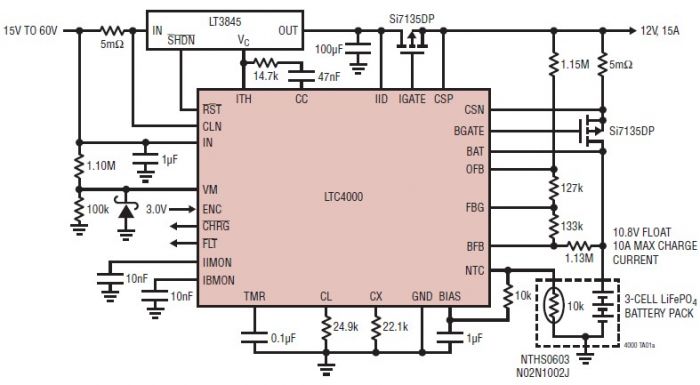
36V battery charger
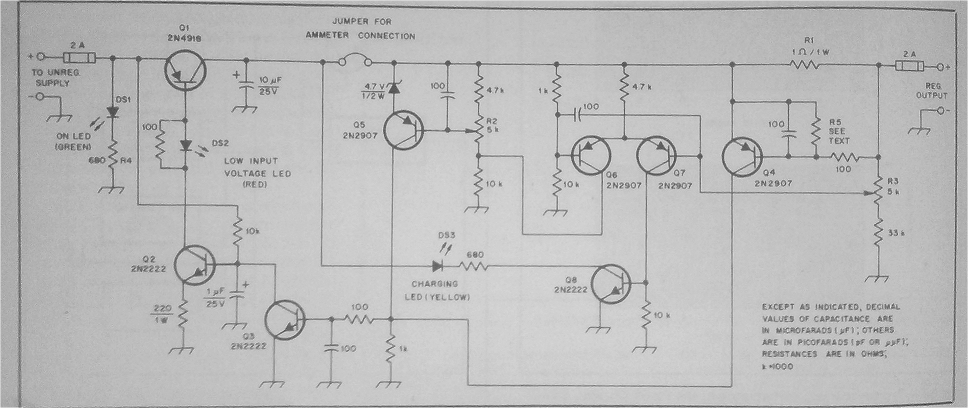
A constant voltage battery charger is required, with an output of 44V and a maximum current of 1A. This charger will be integrated into the battery compartment of an e-bike and will maintain a permanent connection to the three 1...
The design of a constant voltage battery charger for an e-bike involves several critical components to ensure reliable performance and safety. The charger must be capable of delivering a steady output voltage of 44V while limiting the current to a maximum of 1A.
The primary components of the circuit include a transformer, rectifier, voltage regulator, and necessary protection circuits. The transformer steps down the input AC voltage to a suitable level before it is rectified. A full-wave bridge rectifier can be employed to convert the AC voltage into pulsating DC.
Following the rectification process, a smoothing capacitor is used to reduce the ripple voltage, providing a more stable DC output. The voltage regulator, possibly utilizing an integrated circuit such as the LM317 configured for constant voltage operation, will ensure that the output remains at 44V regardless of variations in input voltage or load conditions.
Incorporating a current limiting feature is essential to prevent overcharging the battery. This can be achieved by using a simple resistor in series with the output or by implementing a more sophisticated current sensing circuit that adjusts the output based on the battery's charging state.
Protection mechanisms such as thermal fuses or resettable fuses should be included to safeguard against overheating or short circuits. Additionally, it is advisable to include a status indicator (LED) to signal when the charger is active and functioning correctly.
The charger must be designed to fit within the confined space of the e-bike battery compartment, ensuring that all components are securely mounted and insulated to prevent any risk of short circuits or damage during operation. Proper heat dissipation measures should also be considered, as charging can generate heat, which may affect the performance and longevity of the components.
Overall, the design should comply with relevant safety standards and regulations to ensure that the charger operates safely and efficiently while being integrated into the e-bike's battery system.I need a constant voltage 44V, 1A max battery charger. This will be built into the battery compartment of an e-bike, and will be permanently connected to the three 1.. 🔗 External reference
The design of a constant voltage battery charger for an e-bike involves several critical components to ensure reliable performance and safety. The charger must be capable of delivering a steady output voltage of 44V while limiting the current to a maximum of 1A.
The primary components of the circuit include a transformer, rectifier, voltage regulator, and necessary protection circuits. The transformer steps down the input AC voltage to a suitable level before it is rectified. A full-wave bridge rectifier can be employed to convert the AC voltage into pulsating DC.
Following the rectification process, a smoothing capacitor is used to reduce the ripple voltage, providing a more stable DC output. The voltage regulator, possibly utilizing an integrated circuit such as the LM317 configured for constant voltage operation, will ensure that the output remains at 44V regardless of variations in input voltage or load conditions.
Incorporating a current limiting feature is essential to prevent overcharging the battery. This can be achieved by using a simple resistor in series with the output or by implementing a more sophisticated current sensing circuit that adjusts the output based on the battery's charging state.
Protection mechanisms such as thermal fuses or resettable fuses should be included to safeguard against overheating or short circuits. Additionally, it is advisable to include a status indicator (LED) to signal when the charger is active and functioning correctly.
The charger must be designed to fit within the confined space of the e-bike battery compartment, ensuring that all components are securely mounted and insulated to prevent any risk of short circuits or damage during operation. Proper heat dissipation measures should also be considered, as charging can generate heat, which may affect the performance and longevity of the components.
Overall, the design should comply with relevant safety standards and regulations to ensure that the charger operates safely and efficiently while being integrated into the e-bike's battery system.I need a constant voltage 44V, 1A max battery charger. This will be built into the battery compartment of an e-bike, and will be permanently connected to the three 1.. 🔗 External reference
